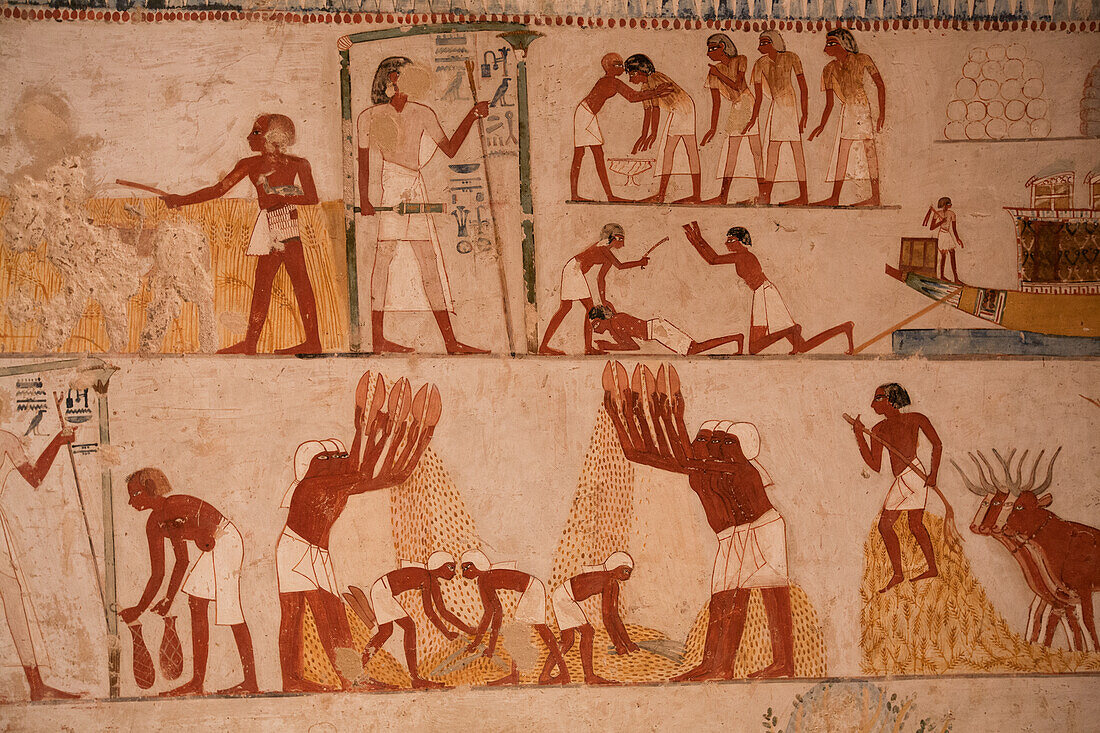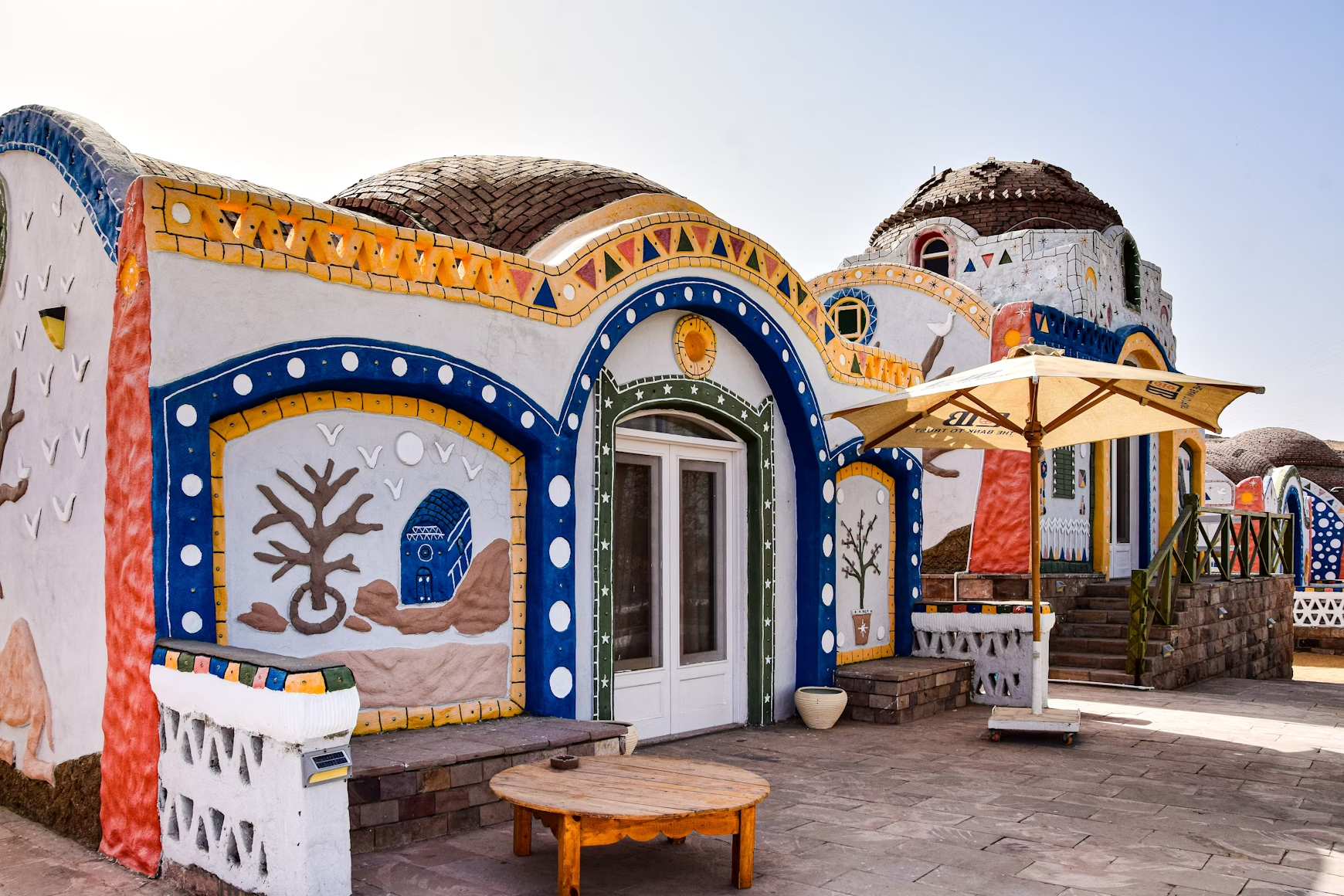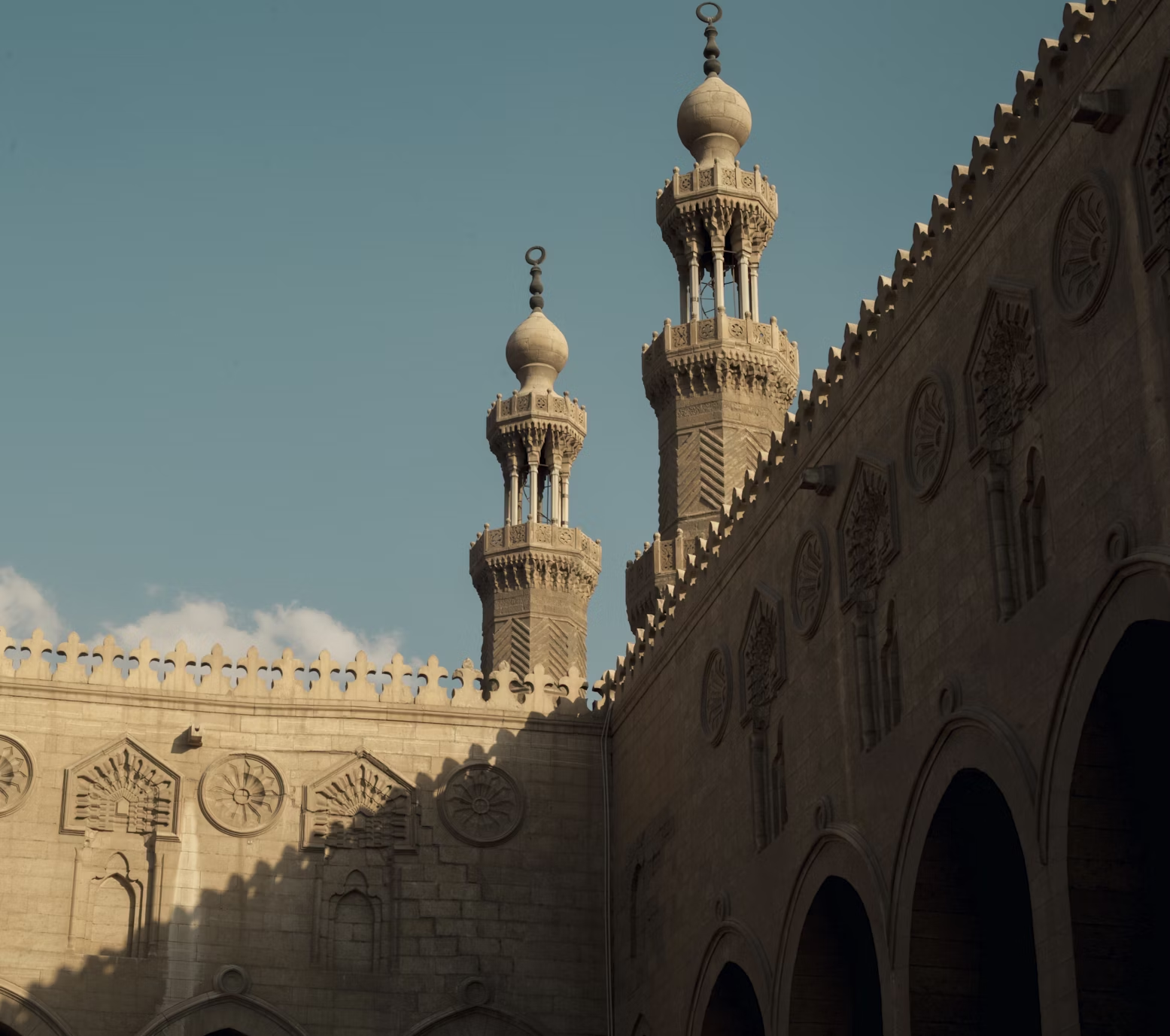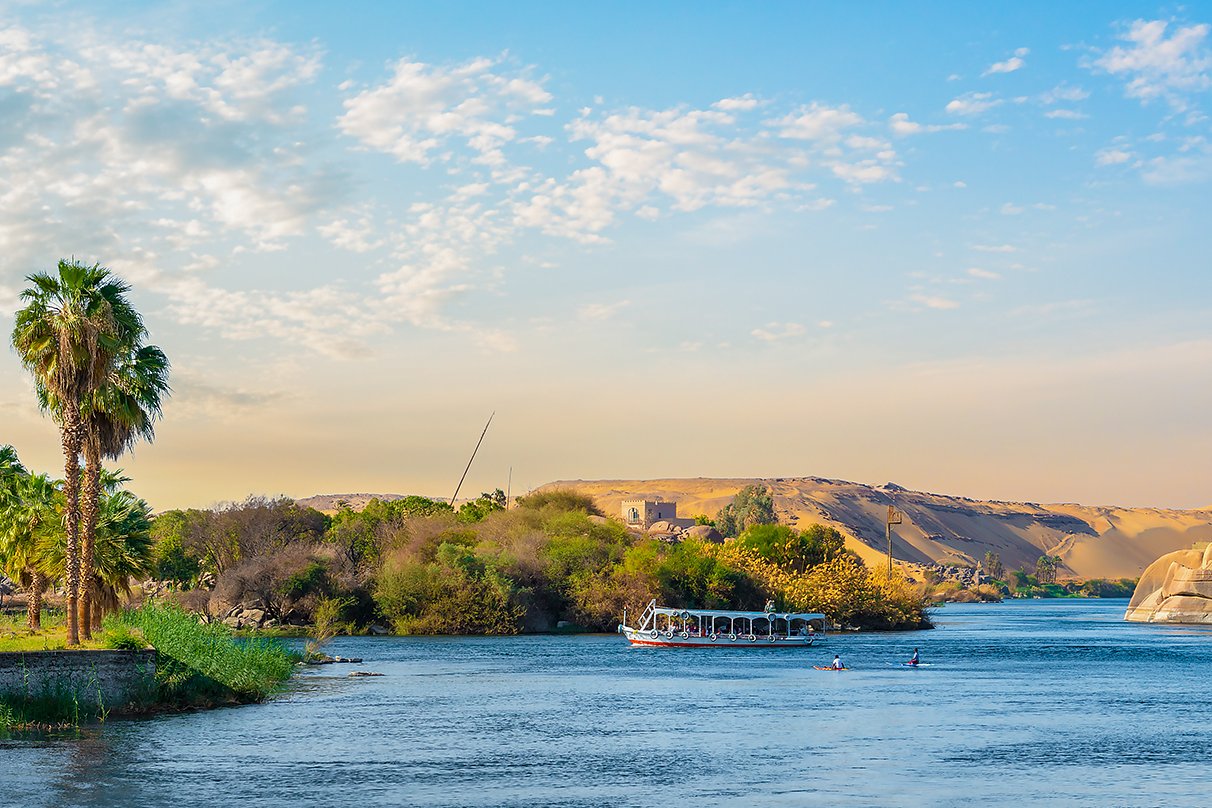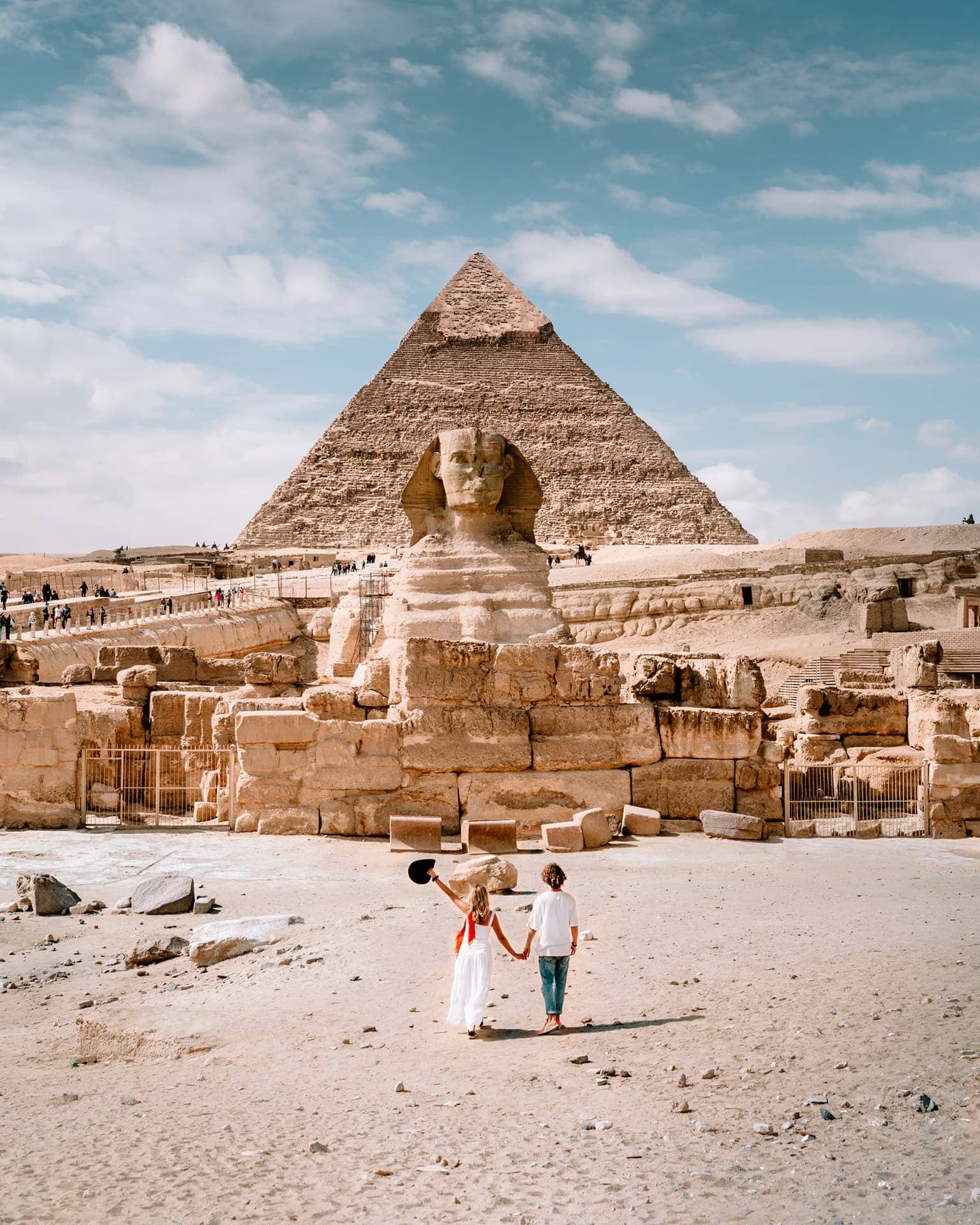The Egyptian Museum in Cairo easily holds the number one position in your itinerary for a round voyage to Egypt, it is right in the middle of Cairo, and there it stands as a treasure cove of ancient Egyptian history and artifacts that must form a part of one's visit to explore the rich heritage of this incredible country. In this museum, more than 120,000 artifacts of the treasured famous treasures of King Tutankhamun, mummies of ancient pharaohs, and statues with perfect carvings narrate stories of Egypt's glorious past, business or just passing through, one should not miss the Egyptian Museum if he is in Cairo. This is ideal for those who would wish to get deep into Egypt's history, as every corner of this museum is filled with wonders dating back several thousand years. Those taking Cairo Day Tours visit this iconic museum as one of the highlights. A walk through its halls gives you a real sense of life in the time of the pharaohs.
For those who will be traveling with Osha Tours, an Egypt Day Tour can be a perfect chance to visit the Egyptian Museum within the context of touring the capital. You can easily combine your visit to the museum with other famous Cairo attractions, making the most of your time in the city. This provides an opportunity not just to get acquainted with Egypt's history, but to see the vivid life of Cairo in the present.
History of the Egyptian Museum

Egypt began to take stock and preserve its ancient heritage towards the onset of the 19th century. The government ordered that no kind of antiquity be exported in 1835. This step eventually culminated in the formation of a central collection in Cairo. The French architect, Marcel Dourgnon, designed the present-day Egyptian Museum in Tahrir Square, and it was opened in 1902. Over time, priceless objects like King Tutankhamun treasure and many of the royal mummies found their way into it.
The museum allows visitors to explore ancient history through egypt day tours. It is also a regular stop during cairo day tours, giving an insight into Egypt’s cultural history.
Treasures of the Egyptian Museum

From the treasures of ages, the Egyptian Museum in Cairo exhibits marvelous artifacts. Among its wonders are the majestic Burloes golden mask of King Tutankhamun, his tomb’s jewelry, and other funerary articles. There are also royal mummies and several statues that speak of Egypt’s rich past.
Would-be visitors do not miss setting aside time for this museum while they are in the city. Many day tours in Cairo take it as a chief stop, while it is also included in some broader experiences offered in Egypt day tours. This museum is one of a good set of places where one could glean a little about Egypt.
Why Visit the Egyptian Museum?

An ultimate exploration of Egypt's rich history is offered by the Cairo Egyptian Museum. Being one of the famed spots on egypt day tours, tourists admire the artifacts with tales of pharaohs, gods, and human quotidian life. The other jewel in the crown of Egyptian treasures, apart from the famous King Tutankhamun's golden mask, comprises those recovered from his tomb.
Besides beautiful sculptures and ceramics, the museum displays works that reveal how accomplished the ancient Egyptians were. The royal mummies and burial artifacts are inspected during cairo day tours so that tourists may learn about the old traditions. In total, the Egyptian Museum has to be visited by anyone wishing to connect with Egypt's awe-inspiring past.
The Egyptian Museum and the Grand Egyptian Museum

Since 1902, Cairo has become one of the most important places for Egypt's rich history. The museum stocks some 120,000 items that convey the ancient Egyptians' culture and life. Visitors coming on egypt day tours wish to see treasures such as King Tutankhamun's Golden Mask and the royal mummies that tell tales about pharaohs and ancient customs.
The museum, as is, is an important historical and architectural site. Joining it in the near future will be the Grand Egyptian Museum, located near the Pyramids of Giza, offering an interactive and modern experience. The new museum will be the biggest archaeological museum in the world, to house many more items, including those from Tutankhamun's tomb. Cairo day tours offer a distinction on where to see Egypt's awesome heritage through these two museums.
The Egyptian Museum Experience

Intertwining with ancient Egypt's rich history, the Egyptian Museum must be visited by those interested in its past. The museum lies in the heart of the town at Tahrir Square, allowing for easy taxi or bus travel for visitors. A friendly staff welcomes visitors, guiding them through the vast collection of artifacts. Tickets may be purchased at the entrance or online to avoid long lines. Ticket prices are kept at a low level so that travelers of all ages may enjoy it without happenings.
Inside, there are thousands of items from thousands of years; these date from the time of ancient Egyptians and depict their daily life, their beliefs, and their accomplishments. As one of the renowned exhibits, the glittering gold mask of King Tutankhamun draws the eyes of tourists from all over the world. Along with the royal mummies, numerous statues, carvings, and tools tell wonderful stories of Egypt's former civilizations. This museum is commonly included in an egypt day tour because it offers a good view of Egyptian culture and history.
During their cairo day tours, many visitors find the Egyptian Museum to be the star of the day, connecting travelers with the ancient world before taking in more city sights. Well-versed guides shed light on the background of the artifacts, making the history come alive before the naked eye. Whether you're geeky about history or just a casual traveler, this museum truly builds a sharp impression of abandoning Egypt in a poignant manner.
Touring Egypt is filled with other landmarks, markets, and cultural stops, fabricated with an Egyptian Museum tour. The museum's storied collection and great location make for a wonderful launch point to the city's sights. It is about more than just objects encased in glass. It is about stepping back into history and embracing the narratives that insinuate meaning into Egypt's identity.
 English
English


